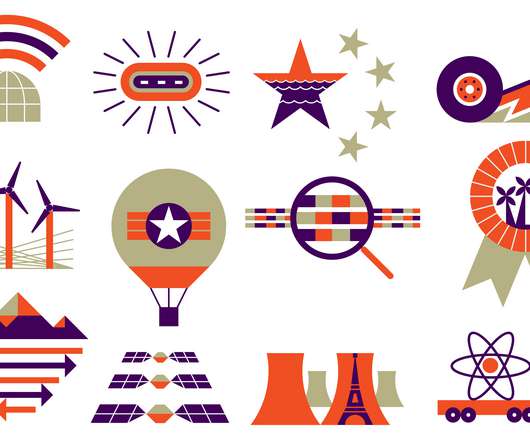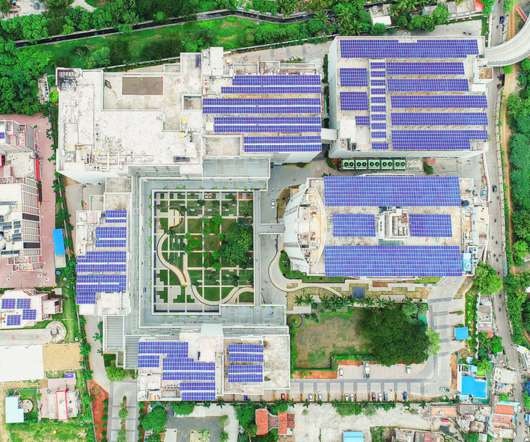thyssenkrupp’s water electrolysis technology qualified as primary control reserve in Germany; hydrogen production for the electricity market
Green Car Congress
JULY 6, 2020
thyssenkrupp’s proprietary water electrolysis technology for the production of. In the future thyssenkrupp’s electrolysis plants will be able to act as large-scale buffers to stabilize the power grid and compensate fluctuations quickly and flexibly. thyssenkrupp and E.ON


















Let's personalize your content